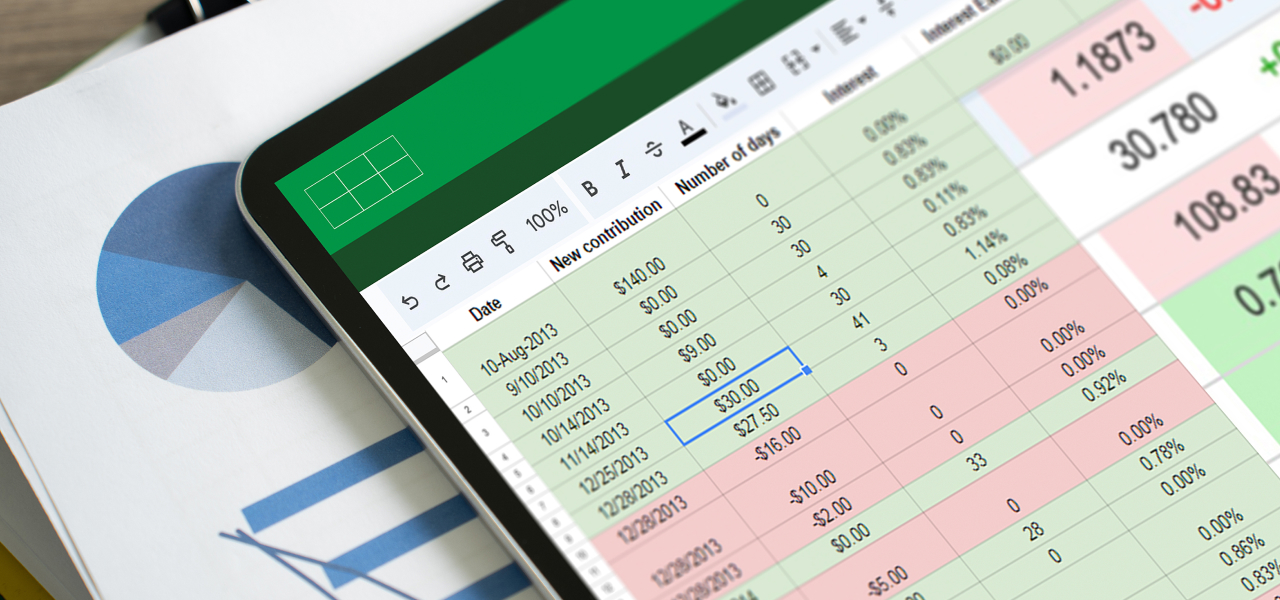Family offices are running lean back offices while entity structures and cross-border obligations grow more complex. Critical workflows, such as look-through consolidation, multi-currency close, capital activity allocation, and tax workpaper preparation, are concentrated in a few senior operators. When one of them is unavailable, throughput drops, reporting timelines slip, and ad hoc outsourcing fills gaps at premium cost.
Inside the key person bottleneck
Your back office runs on three people doing the work of six. When the one senior accountant who can thread look-through consolidations across trusts, SPVs, and partnerships takes leave, the lights stay on but reporting stops. Capital calls queue up without proper allocations. Multi-jurisdiction tax workpapers stall because no one wants to guess at basis or FX treatment. Principals ask for a consolidated view and you’re assembling it by hand, eyes on the clock and fingers crossed.
Lean teams carry too many critical paths at once. Quarter-end closes, year-end K-files, estate distributions, bank reconciliations, valuation updates, and vendor oversight. Each path touches different rules and calendars; each assumes the same two people are available. One resignation, one illness, one vacation, and the whole schedule slides. Auditors grow impatient. Board packs ship late. Advisory decisions get made on partials because the only person who can validate look-through math isn’t in the room.
How Family Offices Manage Key Personnel Disruptions
Organizations manage the shortage by building redundancy into people, process, and systems. Teams rotate ownership of close tasks, maintain living playbooks for look-through consolidations and tax workflows, and schedule deliberate coverage tests when senior staff are out. A formal close calendar with workload forecasts and SLAs smooths peak periods. RACI charts clarify who prepares, reviews, and approves. Succession plans and a key-person risk register keep dependencies visible, and internal audit checks that controls still work when roles shift.
Capacity comes from a mix of in-house development and external leverage. Firms stand up analyst programs, pair juniors with seniors on recurring tasks, and track cycle-time and error-rate metrics to target training. For surge periods they use co-sourced administrators or interim specialists under pre-negotiated statements of work, with clear handoff rules and data standards so work can reenter the core team without rework. Business continuity plans require forced time-off to prove the system runs without any single operator.
Back office solutions that support lean teams
In order for your family office team not to get caught flat-footed, it’s important to keep the operating playbook in the system, not in a single person’s head. When the senior accountant is out, the same steps still run and the same controls still fire. This is achievable with prebuilt platforms for family offices that ship with consolidation templates, a close calendar, automated document capture and reconciliations, and built-in approvals—so the process runs the same way even when people change.
Here’s how it works:
First, capture the rules. Look-through consolidation is saved as templates and ownership tables, with eliminations and FX rules stored alongside. At close, the system applies those rules to current balances and highlights exceptions, so a trained teammate can run the process and a reviewer can sign off.
Second, make work visible. A close calendar assigns each task an owner, a backup, and a due date. Checklists sit on the task, and the history shows what was done and what is left. Coverage is planned, not improvised.
Third, shrink the manual lift. Statements and bank files are pulled in automatically, read, and turned into proposed entries. Reconciliations match cash, positions, and FX to the books and create a short exception list. The team spends time fixing the few items that need judgment instead of hunting for them.
Finally, keep control in the fabric. Maker–checker approvals, role-based access, and an audit trail link reported balances back to the journals and the source documents. If you bring in a temporary specialist, they work inside the same process with scoped access. The office stays on schedule because the process is standardized, observable, and not dependent on a single person.
Summing it all up
Put the operating rules in the system so anyone on the team can run the close. Work stays visible, exceptions are clear, and reviews are recorded. When a senior accountant is away, reporting continues and you avoid last-minute hires.








